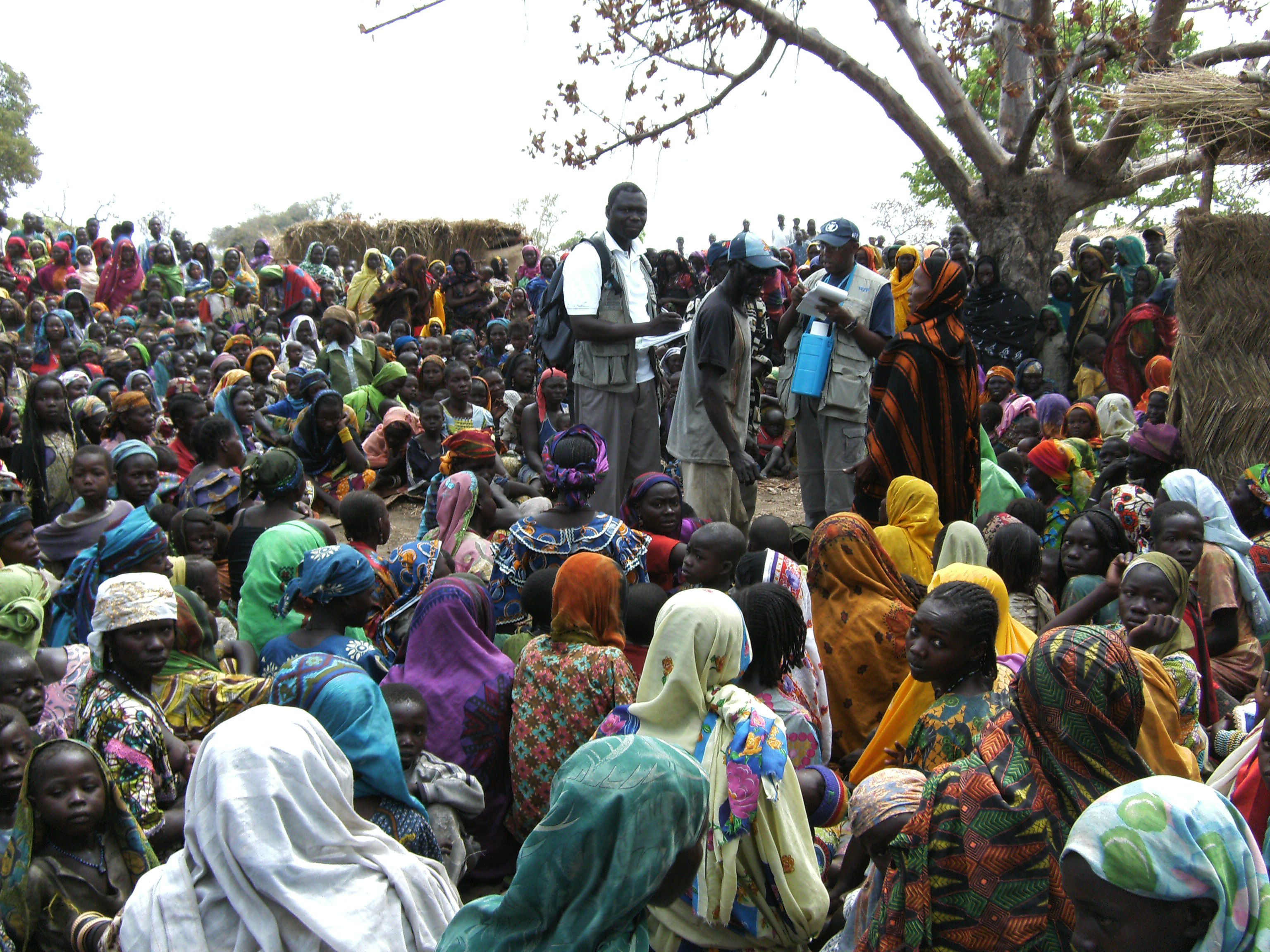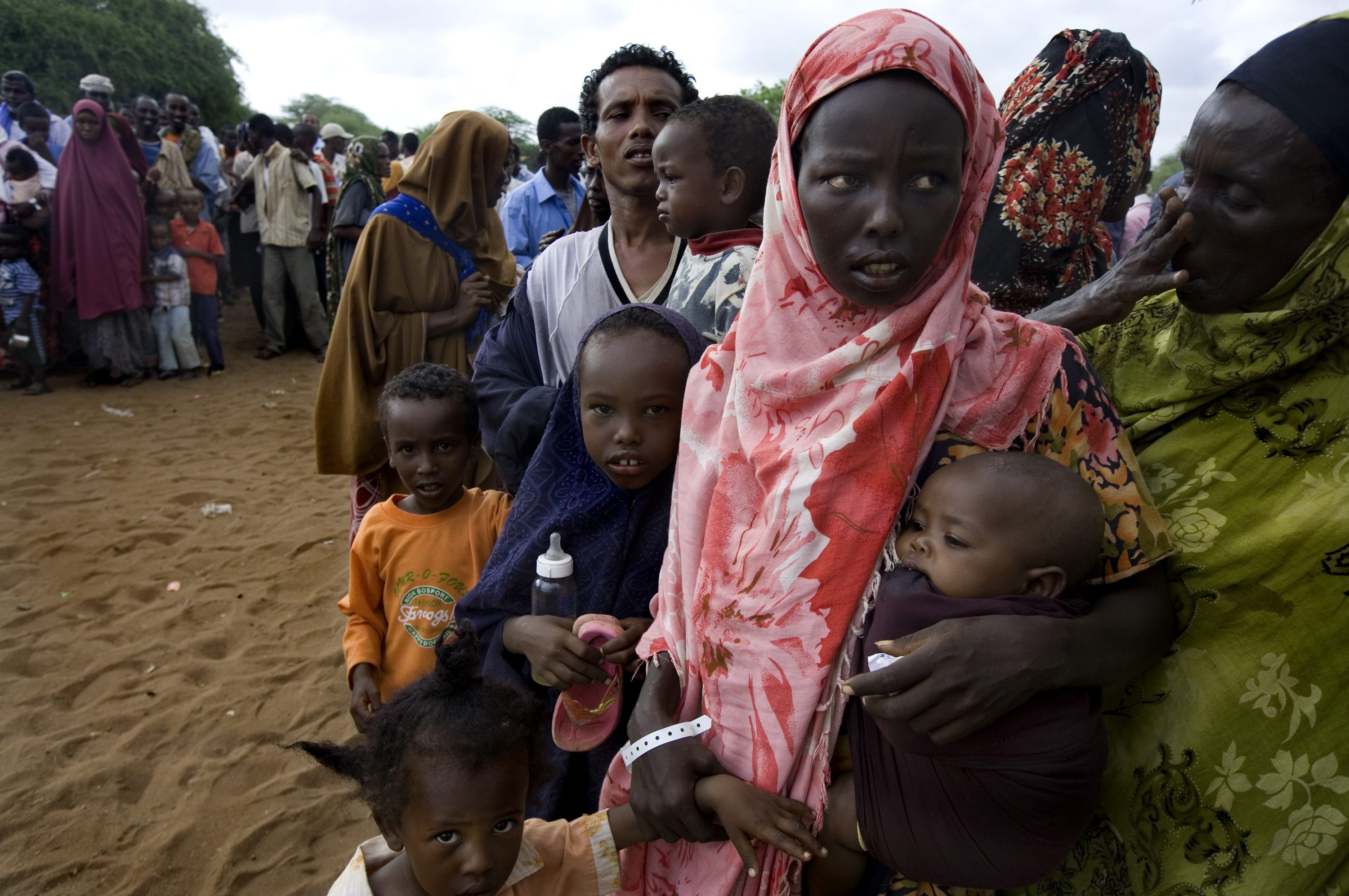Kosovo: situation on the ground grim
Kosovo: situation on the ground grim
As diplomatic efforts to end the conflict in Kosovo intensify, the humanitarian situation on the ground continues to be grim. The fighting over the past month or so has driven an estimated 45,000 people from 40 villages. Some have trickled back to their homes but most are still displaced. Frequent clashes prevent aid organisations from reaching those in need. Much of the improvement brought by the October 27 cease-fire has now been wiped out by recurring hostilities.
It is estimated that 210,000 people remain displaced within Kosovo. Another 20,000 are in Albania and more than 30,000 in neighbouring Montenegro. Some 7,000 have fled to Bosnia and Herzegovina. Last year close to 100,000 Yugoslav nationals, mostly Kosovo Albanians, sought asylum in western Europe. The fighting has also affected Kosovo's Serbian minority population which officials say is dwindling as more people leave.
Almost 20 percent of Kosovo's pre-war population has been displaced or driven out of the country, in the biggest wave of displacement in Europe since the Bosnian war.




